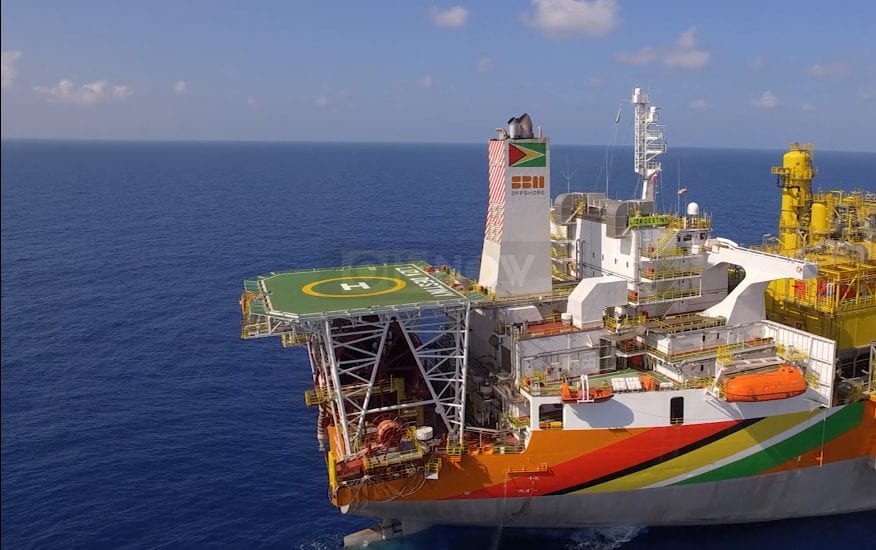There are two major oil markets worldwide: Brent Crude, which is extracted from the North Sea and serves as the global benchmark, and West Texas Intermediate (WTI), which is primarily extracted from oil fields in Texas, Louisiana and North Dakota and forms the US benchmark.
Brent Crude is a high-quality light, sweet oil blend, which describes its low density and low sulphur content. Brent accounts for around two-thirds of global oil pricing, making it a clear option for investors new to the market.
Oil produced in Europe, the Middle East and Africa, and more recently Guyana, is priced at differentials to Brent based on specifications. Middle Eastern crudes tend to be heavier sour blends with higher sulphur content than Brent. Meanwhile, WTI crude is lighter and sweeter than Brent.
Liza crude now listed on Platts periodic table of oil
Guyana’s Liza Crude is categorized as medium sweet with a sulfur level of 0.51% and API gravity of 32.10 degrees and has been described as ‘clean good quality oil’ by experts.
Liza Crude is perfect for making jet fuel, other products in high demand – O&G expert
Brent Oil futures have established a widening premium to WTI futures in recent years, as the North Sea oil fields have become depleted while North American production from shale formations and oil sands has expanded rapidly.
As well as trading crude oil futures, investors can opt to trade spot contracts for Brent or WTI, which represent the cash price for immediate delivery of one barrel of oil, to capture short-term movements in the markets with trades of a few hours or a few days.
Crude oil futures trading is done on exchanges – the New York Mercantile Exchange (NYMEX) for WTI and the Intercontinental Exchange (ICE) for Brent. Futures are used by investors looking to hold trades for longer periods than spot contracts. Futures contracts are derivatives that give the holder the right to buy the commodity at a specified price on the settlement date. Standard futures contracts on exchanges represent the price for 1,000 barrels of oil for delivery in a specific month, with a premium for timescales further out to cover the cost of storage and financing. Contracts are typically available for each month in the next few years.
The benchmark month ahead, known as the front month, is the most liquid contract as that is where trading activity is focused. Oil traders include financial institutions such as banks, trading firms and hedge funds as well as oil producers and consumers. Like financial institutions, individual investors never take physical delivery of the oil they trade, instead rolling over their monthly contracts to the following month on expiry to keep their positions open.
What determines crude oil prices
Crude oil prices are driven by demand (indicated by the strength of the global economy and in particular manufacturing output and transportation) as well as supply from producers in key oil-producing regions including North America, the Middle East, and Russia.
Geopolitical developments have a strong impact on prices, as seen in 2020 with a price war between Saudi Arabia and Russia driving prices down. The amount of oil storage capacity available can also determine the commodity’s value: full storage points to oversupply, while low levels of oil in storage indicate tight supply.
The combination of the price war, demand destruction during the Covid-19 pandemic and limited storage availability prompted the negative turn in prices in spring 2020. Extreme weather events can also affect the oil market if production is disrupted, as when Hurricane Katrina hit US output in 2005, driving prices to record highs.
Over the longer term, the International Energy Agency expects oil demand to peak in the late 2020s as international environmental policies favour carbon emissions reduction through energy efficiency and the electrification of transport.
capital.com



